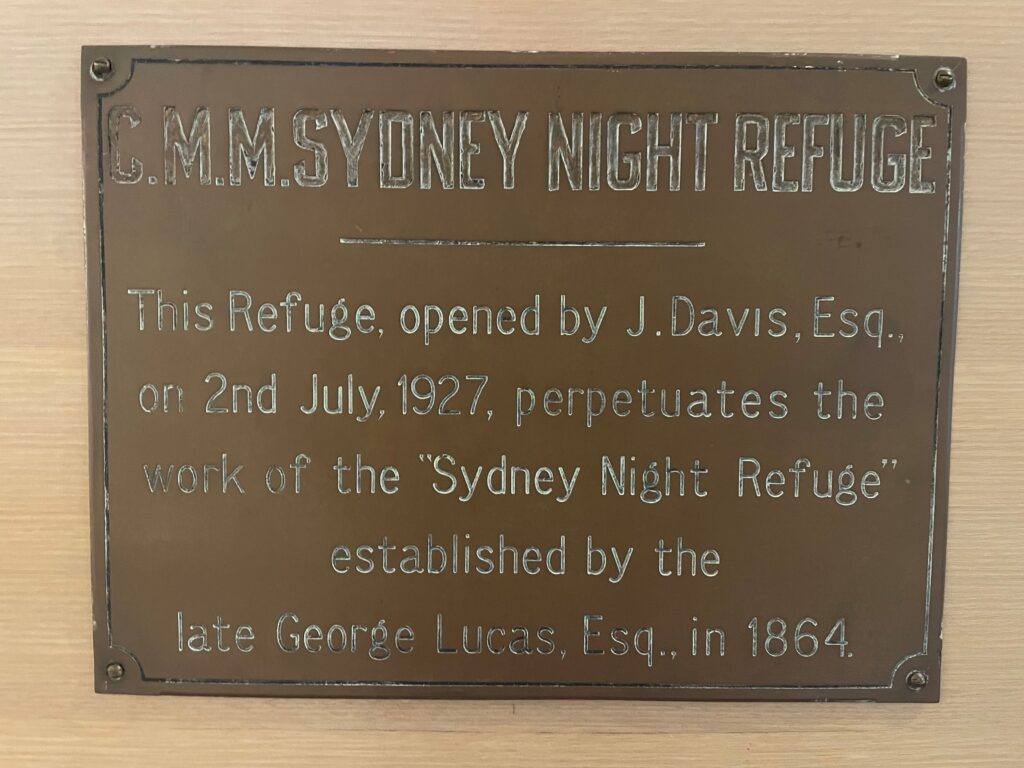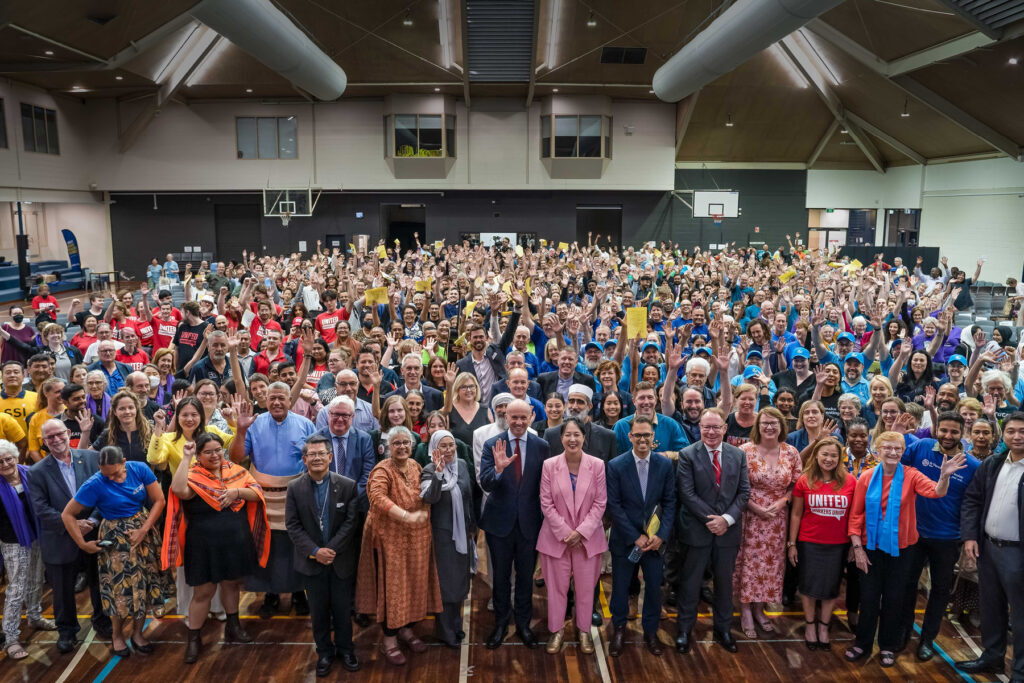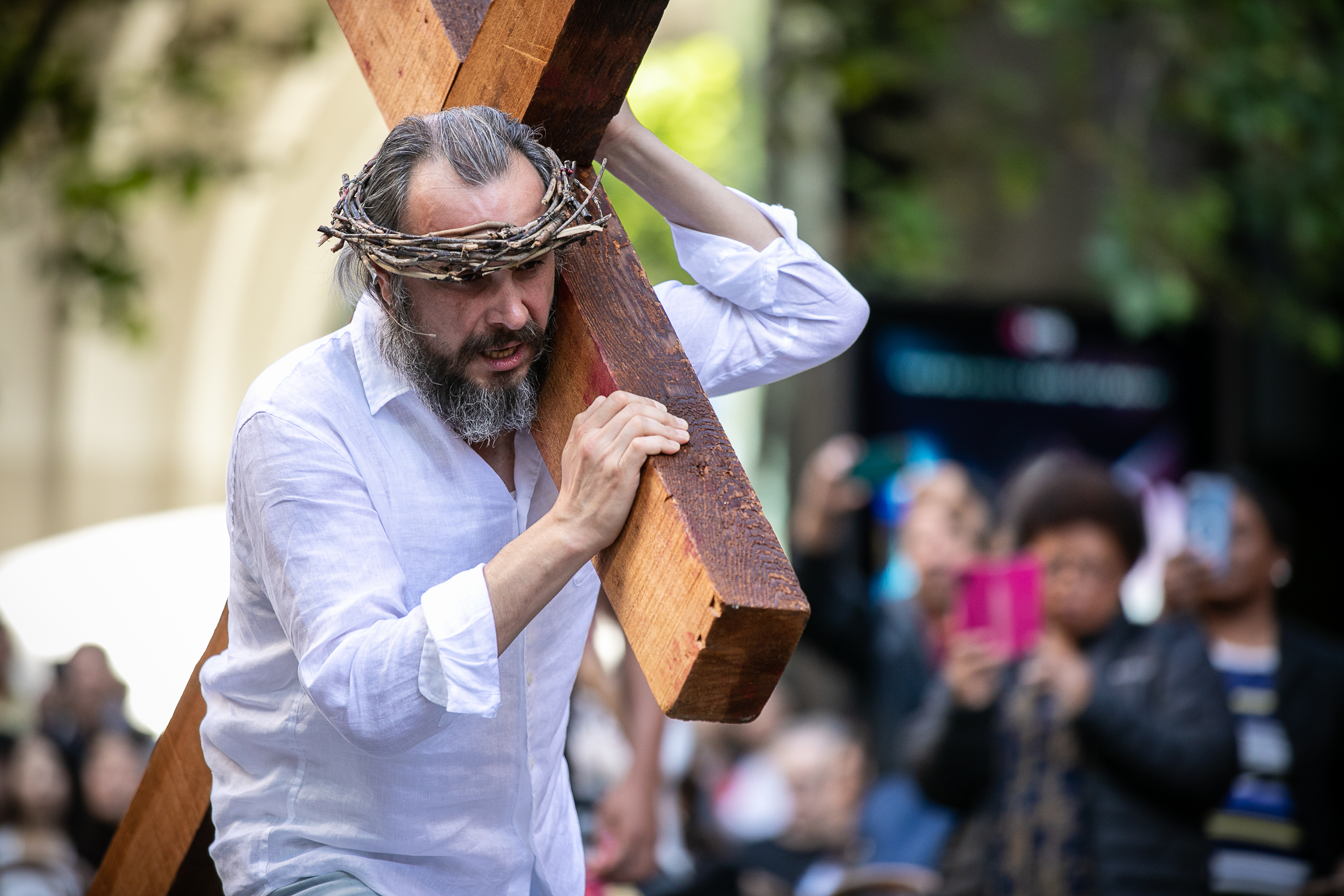During my high school years in rural South Australia my morning commute was on the uncomfortable seat of my trusty ten-speed bike. Leaving my house, I would ride past Sue’s home, who would join me and hundreds of other kids on the bike tracks to our school on the outskirts of town. Sixty miles inland, Naracoorte could suffer some bitterly cold winter mornings. Shallow puddles, thinly iced over, would crack as our tyres crunched over them.
This memory came back to me a few weeks ago in Sydney as we endured an icy blast of chilly air that coincided with the Winter Solstice (June 21) – the shortest day of the year in mid-winter. The same week some stark and worrying statistics were released about rough, or street sleeping.
Every year, the NSW state government, together with cooperating agencies and community groups, conducts a count of those who are sleeping rough – on the streets, under bridges, in parks, cars and so on. Conducted in February this year, the numbers were up 34% on the previous year, a serious jump – but not altogether unexpected given the economic headwinds and housing crisis we’re facing.
Reading that statistic and feeling the temperature plummet in recent weeks, I couldn’t help but think of the tens of thousands of Australians shivering and suffering without benefit of one of the most basic of human rights – adequate shelter.
Recently, I enjoyed lunch with some of our Specialist Homelessness Services (SHS) team here at Wesley. They do remarkable, life-transforming work empowering people to leave behind years, sometimes decades, of homelessness for stable and secure long-term housing. It’s hard, but inspiring work. They shared with me that more and more people are at risk of homelessness. Individuals and families who never expected to be in this situation are approaching them for support as rents across Sydney and NSW spiral higher. Just this last year median unit rents have increased by $145 per week.
There is a desperate need for Australia to invest in social and affordable housing, and to explore other reforms that will begin to address the current housing crisis that shows no sign of abating. A key goal of Wesley Mission’s new five-year strategic plan is to invest to increase our community housing stock. We want to be part of the long-term solution. But there is still a desperate, short-term need.
Inside our Pitt Street ground-level foyer, just outside the Lyceum Theatre, there’s a three-sided pillar. It’s covered with brass plaques, many of them relocated from other buildings from Wesley Mission’s history. Here’s one of them:

This plaque traces our work supporting those experiencing homelessness back to 1864. Indeed, that history goes back a lot further. In 1819 the early Australian Methodists built their first chapel in Sydney, the very same year establishing the ‘Sydney Asylum for the Poor’, accommodating up to fifty poor and sick people. This is our story.
In a wealthy nation like Australia, homelessness should be rare, brief, and non-recurring. Even when the housing crisis ends, there will be some, who for a variety of life circumstances, find themselves without adequate shelter – homeless. That’s why crisis accommodation services, like Wesley Edward Eagar Centre and the fabulous team who serve there will always have a crucial role to play in providing a place where people are empowered to get back on their feet.
As we continue the work of the one who had no place to lay his head (Matthew 8:20), this is work Wesley Mission has, and will always do.
Every blessing,

CEO and Superintendent, Wesley Mission


